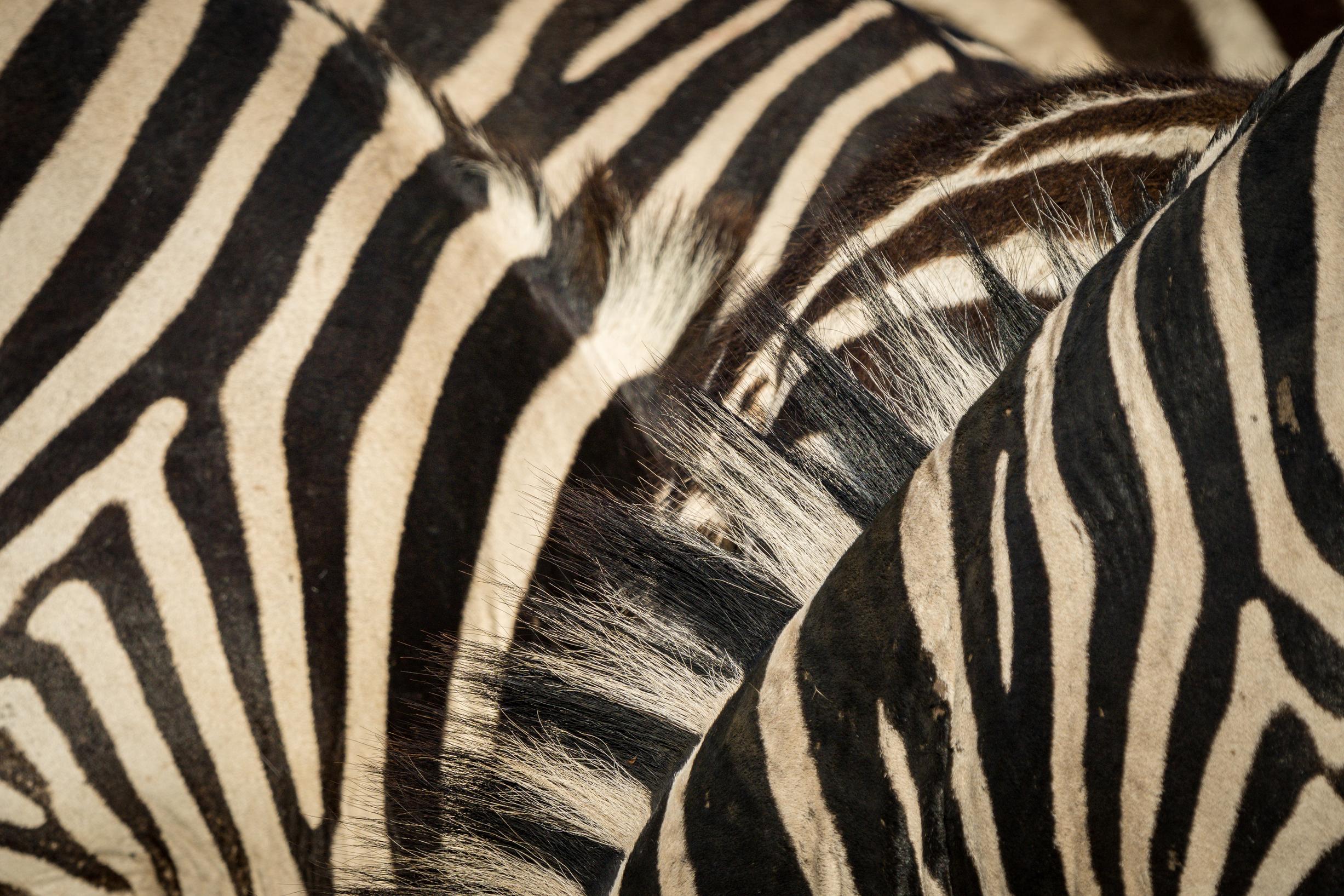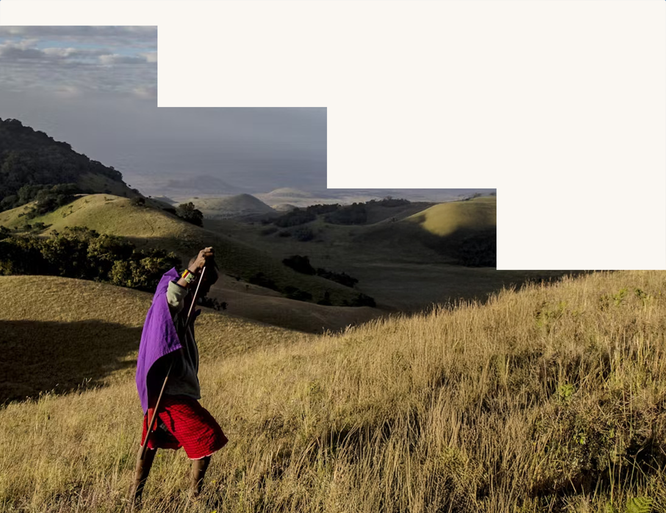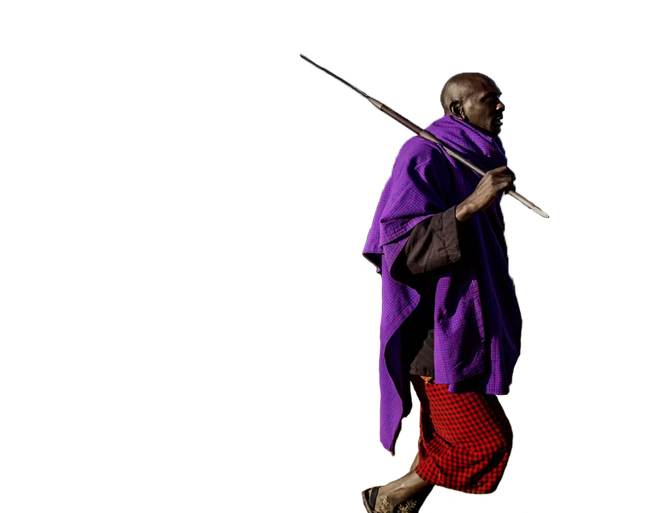
Protecting nature and uplifting livelihoods in Kenya
Conservation International-Kenya works across nearly 12 million acres of land in Northern and Southern Kenya, supporting local communities to conserve wildlife, developing ecotourism programs that benefit livelihoods and nature, and restoring vital savannas.
We also work with a range of public- and private-sector partners to build new investments in people and nature. This includes supporting carbon projects that help communities turn nature into a lifeline for education, health and well-being.
2014
YEAR FOUNDED
22.1M
PEOPLE
dependent on nature in Kenya1
359M
METRIC TONS
of irrecoverable carbon in Kenya2
86
VERTEBRATE SPECIES
that are endemic to Kenya3
Areas we work

Breathing new life into Chyulu Hills
Nestled at the base of Mount Kilimanjaro sits the Chyulu Hills cloud forest. This vast and rolling expanse, believed to have been the inspiration for Ernest Hemingway’s “Green Hills of Africa,” is home to Kenya’s largest population of African elephants and the critically endangered black rhino.
But a series of threats — including rampant deforestation, unchecked poaching and overgrazing — have degraded the land and reduced its ability to support wildlife and people.
With help from government, local nonprofits and Maasai community members, Conservation International-Kenya is implementing a REDD+ initiative that provides economic incentives for protecting, conserving and restoring forest ecosystems in the region. So far, more than 11,000 tree seedlings have been planted across the project area, and almost a million acres of land has been conserved and restored, ensuring that the region's forests can continue to absorb climate-warming carbon.
To help protect the region’s elephants and rhinos, carbon revenues are used to employ forest rangers, build elephant-proof fencing and create firebreaks to better manage wildfires.
And with support from Apple, Conservation International-Kenya is working to restore tens of thousands of hectares of grasslands in the area, supporting the livelihoods of the Maasai people who practice sheep, goat and cattle farming in the region.
References
- Fedele, G., Donatti, C. I., Bornacelly, I., & Hole, D. G. (2021). Nature-dependent people: Mapping human direct use of nature for basic needs across the tropics. ScienceDirect, 71. https://doi.org/10.1016/j.gloenvcha.2021.102368
- Conservation International (2021, November). Irrecoverable Carbon. Retrieved January 2025, from https://www.conservation.org/irrecoverable-carbon
- The IUCN Red List of Threatened Species. (2024). Table 8a: Total, threatened, and EX & EW endemic species in each country [Fact sheet]. https://www.iucnredlist.org/resources/summary-statistics#Summary%20Tables
